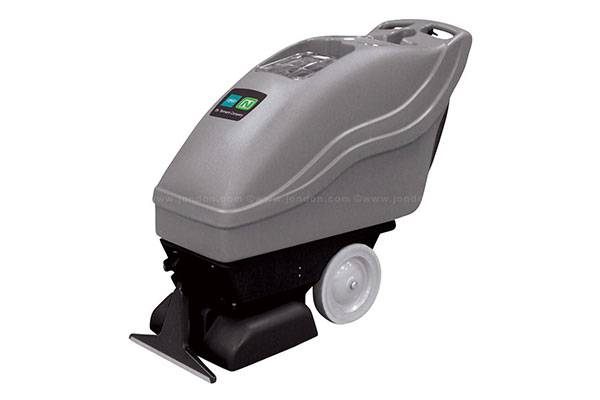A hydroxyl generator is a good substitute for an ozone generator because it doesn’t need high concentrations of ozone (O3) to do its work. A hydroxyl generator will eliminate odors and disinfect viruses and bacteria with reactive hydroxyl molecules that convert contaminants into carbon dioxide and water. Hydroxyl will not harm humans so there are no wait times before it is safe to re-enter a building after its use.
Hydroxyl generators are widely used in the restoration industry by mold remediators and water and fire restoration professionals. The molecules will not harm people or other sensitive materials. Some models generate hydroxyl only, some can produce either hydroxyl or ozone.
What Is Hydroxyl?
A hydroxyl molecule, symbol OH, is a short-lived molecule that contains one atom of oxygen and one atom of hydrogen. It has a neutral charge. In nature, hydroxyl is created when UV sunlight chemically reacts with a H2O molecule and subtracts one hydrogen atom from it. The average life span of an OH molecule is less than one second, so they rarely if ever pass through an exterior door to enter a building. They are completely harmless to people, animals, or plant life. When you walk outside you can be surrounded by hydroxyl and never realize it.
How Does Hydroxyl Work and How Is It Created?
Hydroxyl generators circulate the air in a room through a chamber inside the generator where hydroxyl is being continuously formed. This causes any pollutants to gradually be broken down into carbon monoxide and water. The longer the generator runs, the cleaner the air in the room gets. The hydroxyl molecules break down water by subtracting a hydrogen atom.

After the anthrax attacks in 2001, the government invested in the development of bio-defenses. One of the defenses that were developed or improved upon was hydroxyl generators and what they produce, molecules classified as Reactive Oxygen Species (ROS). Because of ROS these generators will eliminate airborne contaminants that comes through them in less than a second. These contaminants include, viruses (yes, even the corona –type viruses), mold and mold spores, and bacteria.
The most common way to create hydroxyl molecules is using Photocatalytic Oxidation (PCO). The process was developed by NASA in 1994 to purify air onboard spacecraft. The air that exist the generator is safe to breathe without any further purification. The PCO process uses light to create the hydroxyl molecules and produces no adverse byproducts.
Can Hydroxyl Kill Mold?
These generators will kill airborne mold spores and eliminate mold odors. Hydroxyl is less affective on killing surface mold. The reason is that the hydroxyl molecules are too short lived to contact surfaces or penetrate materials. Mold still requires physical removal before or during the use of Hydroxyl generators. If any actual mold is killed by the generator, it is simply because the generator was set up close to the mold’s location and the molecules fell on the mold before they disintegrated.
There are some hydroxyl generators that can be used to kill mold on surfaces, but they exceed concentration levels that are considered safe by the EPA for workers or residents.
Hydroxyl vs. Ozone
Hydroxyl works faster than ozone and will not damage organic materials such as natural rubber, nylon (some carpet fibers are made of nylon), or certain adhesives like ozone may. Using it requires no wait time before re-entry, and as a matter of fact, it’s safe for workers to be in the area during the generator’s operation.
Hydroxyl
- Instantaneous reaction with airborne particles
- Safe for people, pets, and plants
- Cleans the air as it passes through the generator
Ozone
- Slow to take effect
- Requires areas to be uninhabited
- Can harm some materials
Both Hydroxyl and ozone are great at removing odors. Neither is really better than the other for remediation of contaminants or odors. Many restoration professional prefer hydroxyl because it is safer to use overall.
Water Mold Fore Restoration professionals are able to use either ozone or hydroxyl generators. The choice of which to use comes down to job specifics. For more information on which product would be better to use in your home, call us at 800-905-0277 or email us at help@watermoldfire.net. Our initial consultations are always free of charge or obligation.








